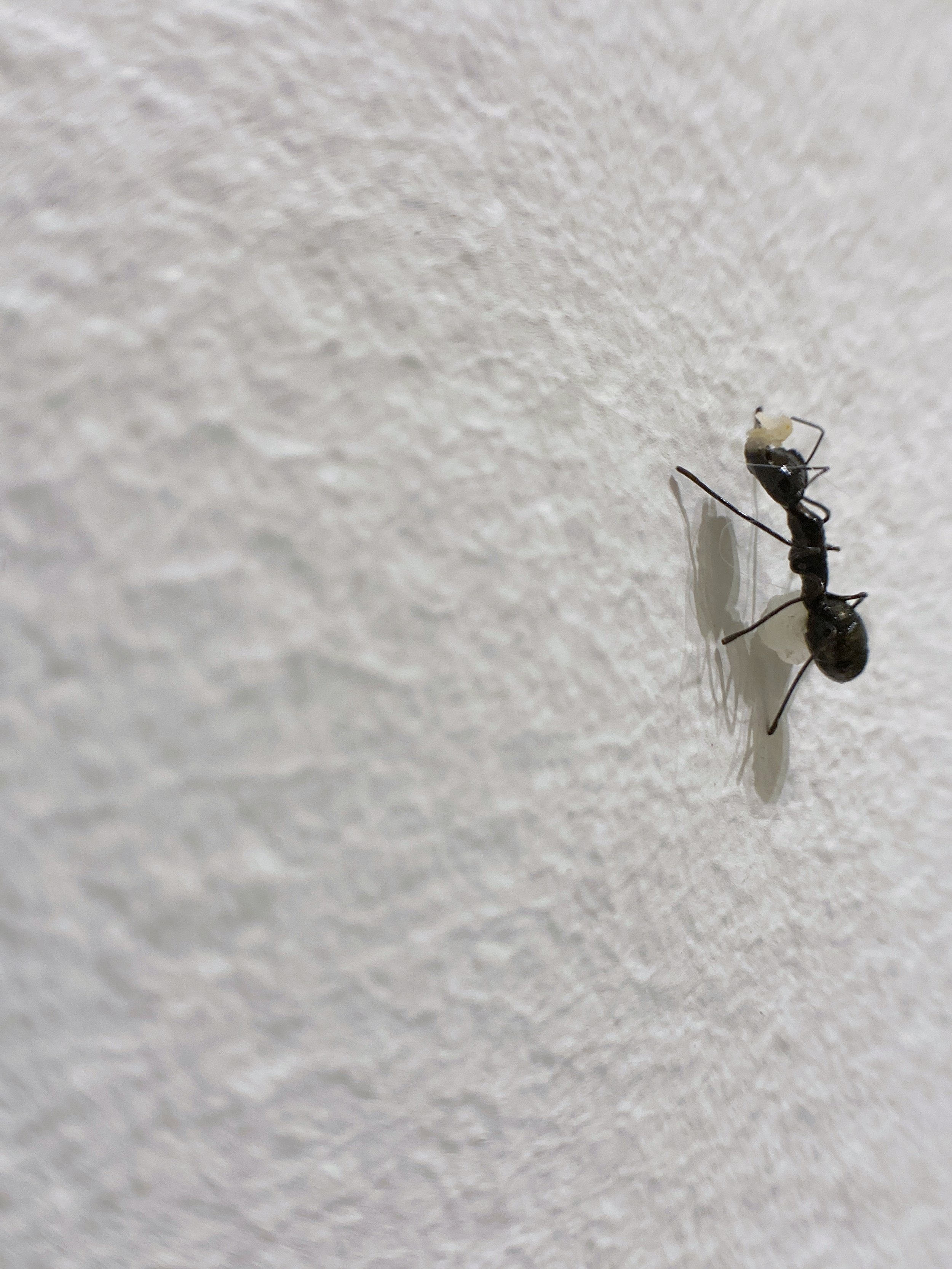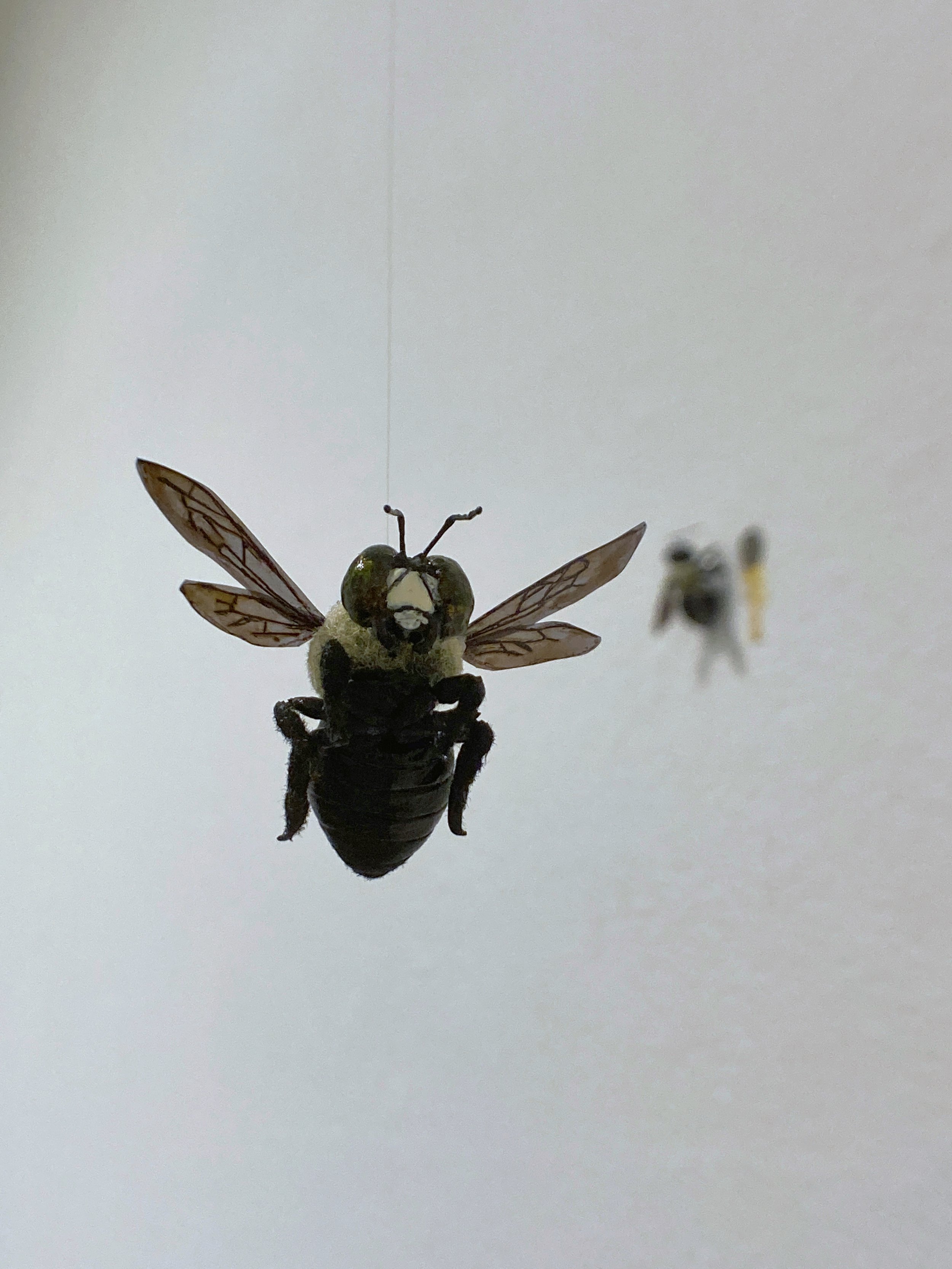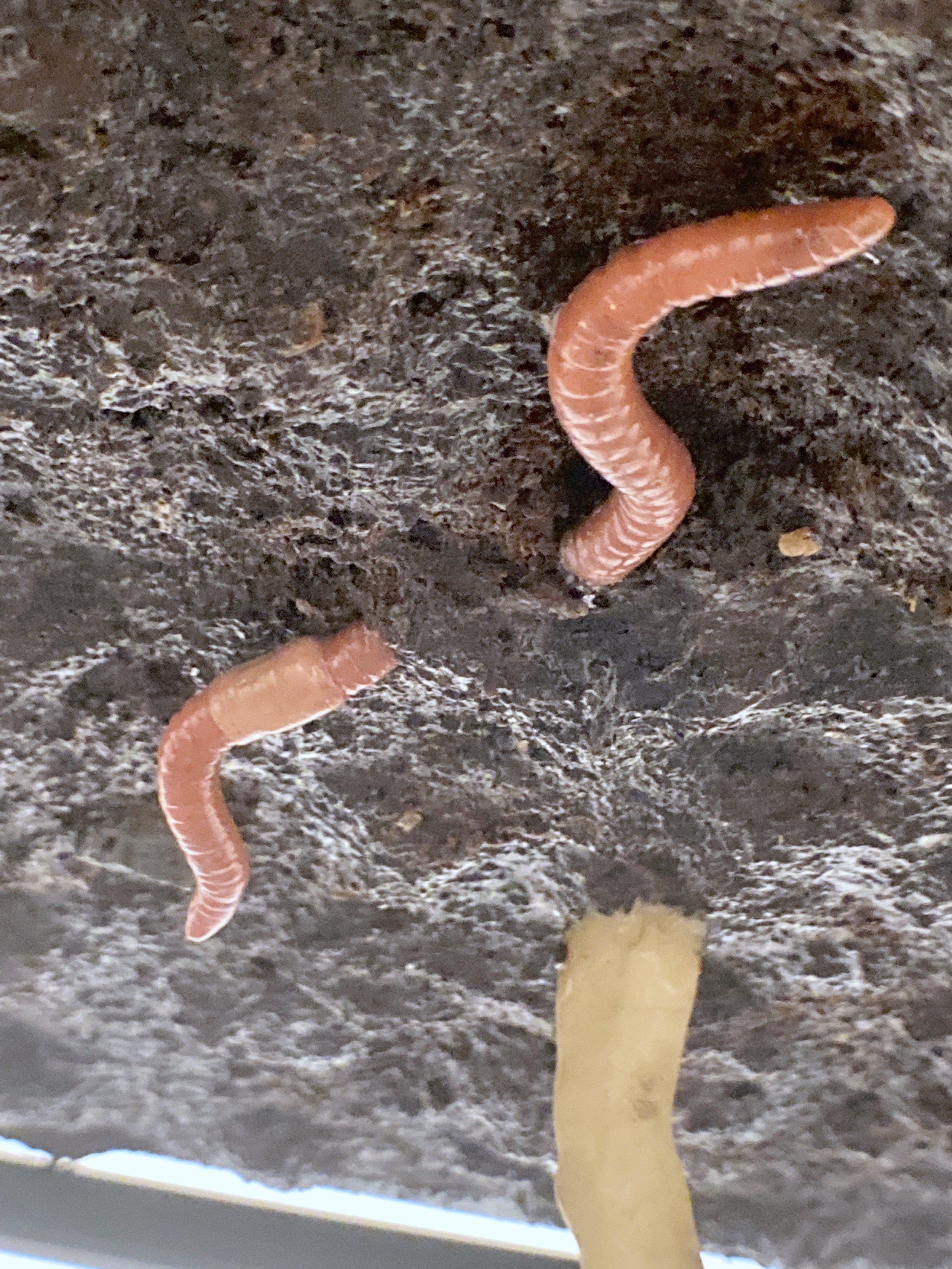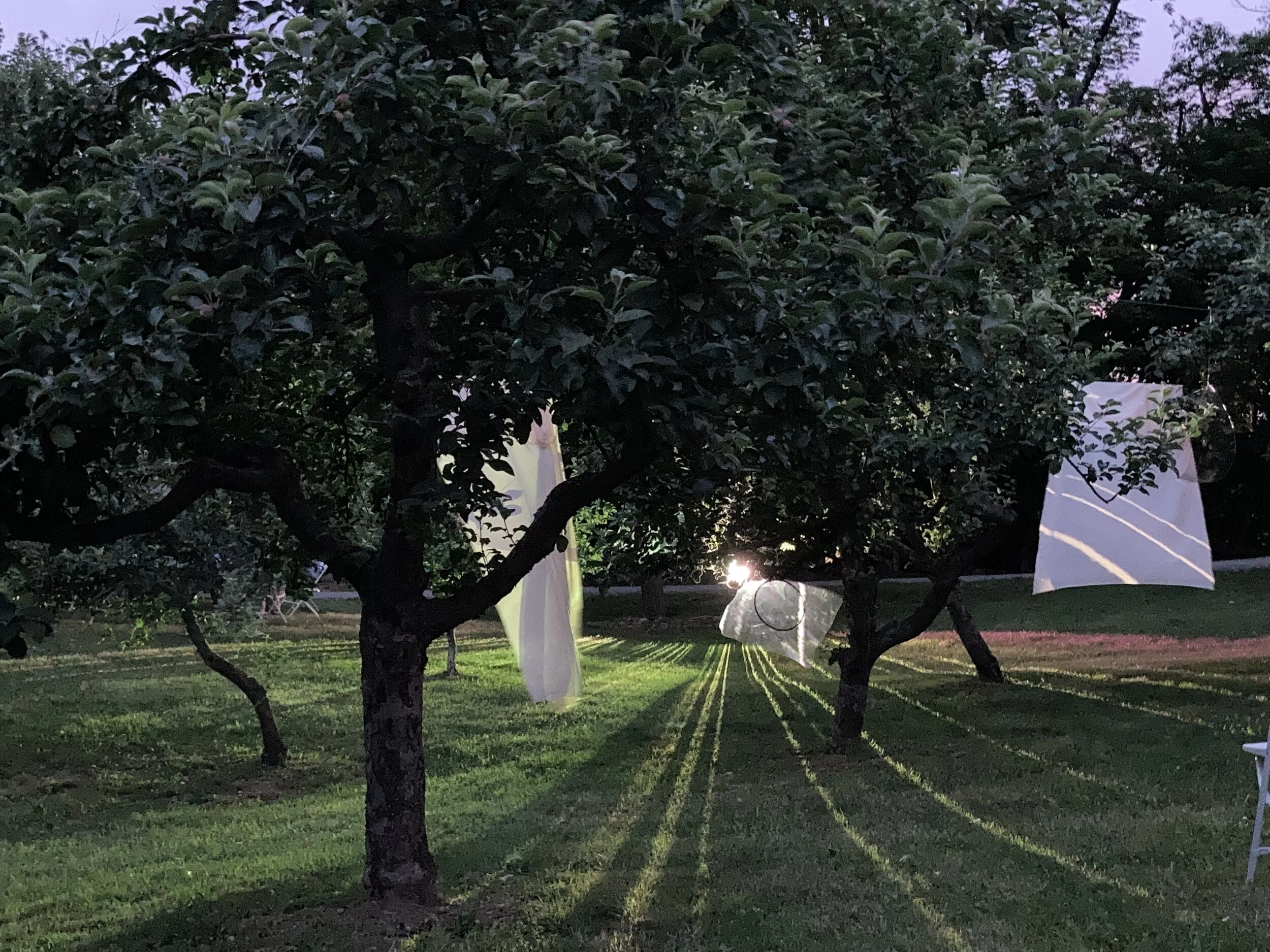“Sweet on You” by Judith Klausner
Judith Klausner is a Somerville, Massachusetts, artist with a love for small, intricate, and overlooked things. She received her degree in studio art from Wesleyan University in 2007 after constructing her thesis primarily out of insects, and she has since continued to search the details of her surroundings for inspiration. Her experience of invisible disability and chronic pain plays an integral role in how she views the world and creates art. Her work has been featured in Harper's, Reader's Digest, the Huffington Post, and NPR, and exhibited in venues internationally, including the Susquehanna Art Museum, Museum of Natural History, Museo di Arte Moderna e Contemporanea di Trento e Rovereto, and the Boston Children's Museum.
BMAC spoke with Klausner about “Sweet on You,” on view through March 4, 2023, as part of the exhibit Judith Klausner: (de)composed.
“Sweet on You” (2022)
clay, chalk pastel pigment, acrylic paint, wire, cellophane, resin
1 x 5 x 3 inches
This piece is one of the last ones I made before the show went up. For me, it was an exciting continuation of the experiments I had been doing, pushing skills and techniques farther than I had before. It was a foray into resin work, which I had barely done before. That was exciting and scary—resin has chemical reactions that I don’t totally understand. I did the resin pour for the melted part of the popsicle, and that night I had a nightmare that I had not mixed it quite correctly. If you get the proportions wrong, it doesn’t set and it stays sticky forever. In my nightmare, it hadn’t set, and I went to touch it, and things kept sticking to it and pulling other things in. But luckily, it did actually set! Then I sculpted the unmelted part of the popsicle, using translucent clay and chalk pastel pigment to capture the popsicle’s translucence and texture as the outer part is melting while it still has a solid core.
I made a rule for the series that I couldn't make anything out of itself. In other work, I have enjoyed using real rocks, real dirt, things like that. For this series, I wanted to make everything. If I needed rocks, I needed to make rocks. I went to my bin of classic craft materials, pulled out a popsicle stick, and realized, “No, I’m not allowed to do this!” It ended up being a really fun challenge. I spent a lot more time reflecting on popsicle sticks than I ever had before–the texture, the color, the sheen, the way the wood is really soft. I made a bunch of experimental popsicle sticks, and I would occasionally show my friends and say, “Okay, tell me—which one is the real one?”
The popsicle stick is made out of polymer clay, which is the main material I used in the series. I enjoy it when something that is considered to be an imperfection in a material is something you can use to your advantage—when a bug can become a feature, as they say in programming. One of the things that’s considered a major downside of the brand of polymer clay that I used for this piece is that it has a lot of plaques. Instead of being fully clear, it has a lot of opaque bits—little round, flat pieces all in different planes within the clay. It actually works perfectly for making a popsicle, because you want something that looks the way ice crystals look as a popsicle melts. So these plaques that are considered a deficiency in the material lend themselves really well to achieving that kind of texture.
Photo: Erin Ellingwood
I’ve always loved insects—I’m kind of the crazy bug lady. I focused in this series on doing things as realistically as possible, and insects are very small, so I had to work smaller than I have before in my realistic work. I kept pushing myself in that direction, starting with some larger bugs. One of the earlier pieces was the tobacco hornworm caterpillar. That’s a nice chonky bug on a much larger scale. It still has some very small parts, but it’s not spindly.
There were some insects on my list at the beginning that felt unachievable–they just felt too small. So it was exciting, as I worked through different pieces, feeling like I could push farther and farther. Doing the yellowjackets for the popsicle piece felt like a triumph, because that was a scale I had felt like I wouldn’t be able to achieve with the amount of realism that I was requiring of these pieces. It was certainly a challenge, and it drove me a little bonkers. For the wings, I ended up using pieces of the return envelope windows in junk mail. I like using recycled materials when I can. I started digging through our recycling bin, and it made those pieces of junk mail feel much more exciting than they had been before.









Polymer clay was what inspired me to want to be a sculptor. I was the kid who spent every extra minute I could in the art room, but I was never good at drawing. Two-dimensional things never listened to me. I can't make a line do what I want it to. Then one day, at someone’s 5th grade birthday party, their parents gave us this new stuff to play with: polymer clay. Suddenly, the world opened up. Three dimensions listened to me—the world is three-dimensional, and here was a way that I could actually create things in three dimensions. It was something you could do at home, something that was accessible. I’m very lucky to have very supportive parents, and when they saw this was something I was excited about, they made sure I had access to it.
Later, I did ceramics for a while; then I worked with found materials, insects, food, medical ephemera. I enjoy working with non-traditional materials. In some ways, polymer clay is a non-traditional material for fine art. It hasn’t been given the respect it deserves, because it’s accessible. This series was about coming home to clay—the same polymer clay I used as a kid.
Judith Klausner: (de)composed is on view through March 4, 2023.











RELATED EVENTS
December 9, Friday, 7 p.m.
Artist & Curator Conversation: Judith Klausner and Sarah Freeman
December 10, Saturday, 2 p.m.
Moth Mending Workshop
RELATED RESOURCES
Virtual exhibit tour
Installation shots
(de)composed exhibit page
Have a question for Judith?
Ask the Artist!
Check out Klausner’s one-of-a-kind “Rot Couture” jewelry items in the museum’s gift shop.









